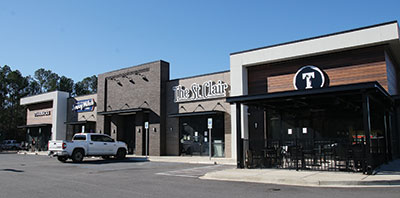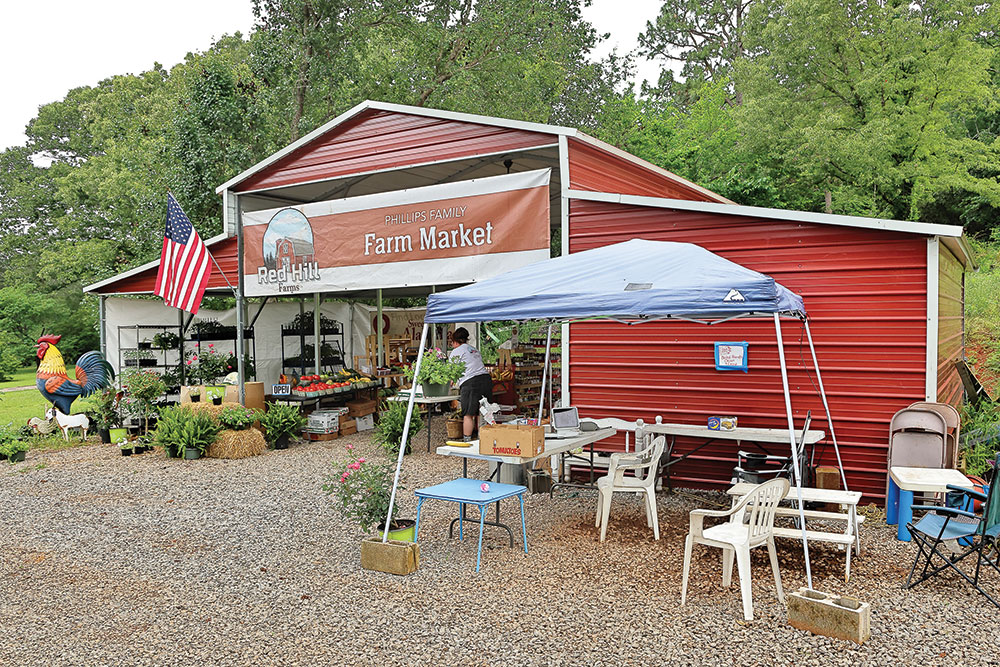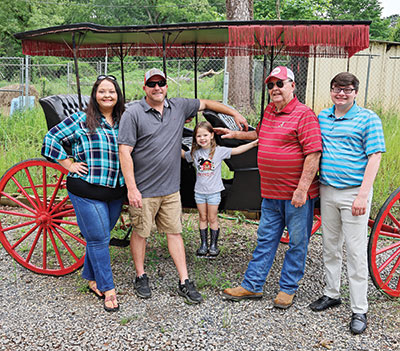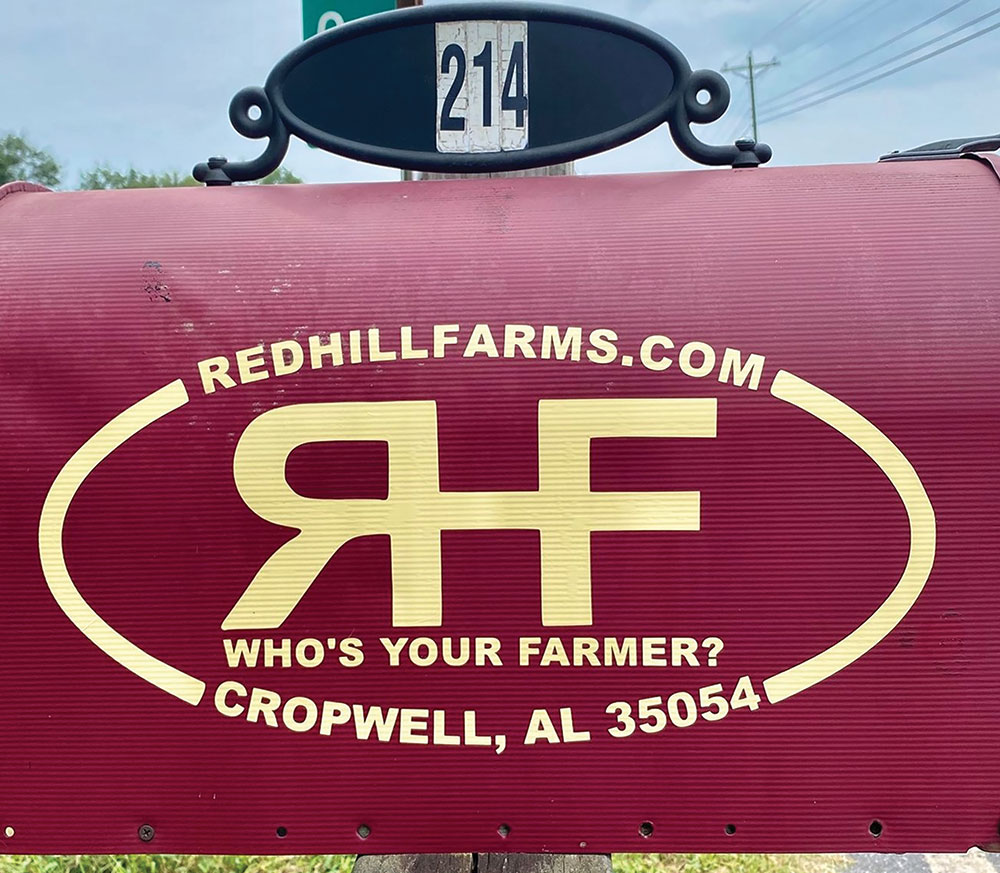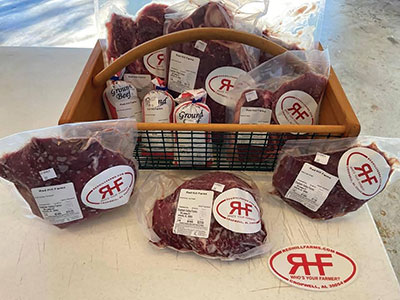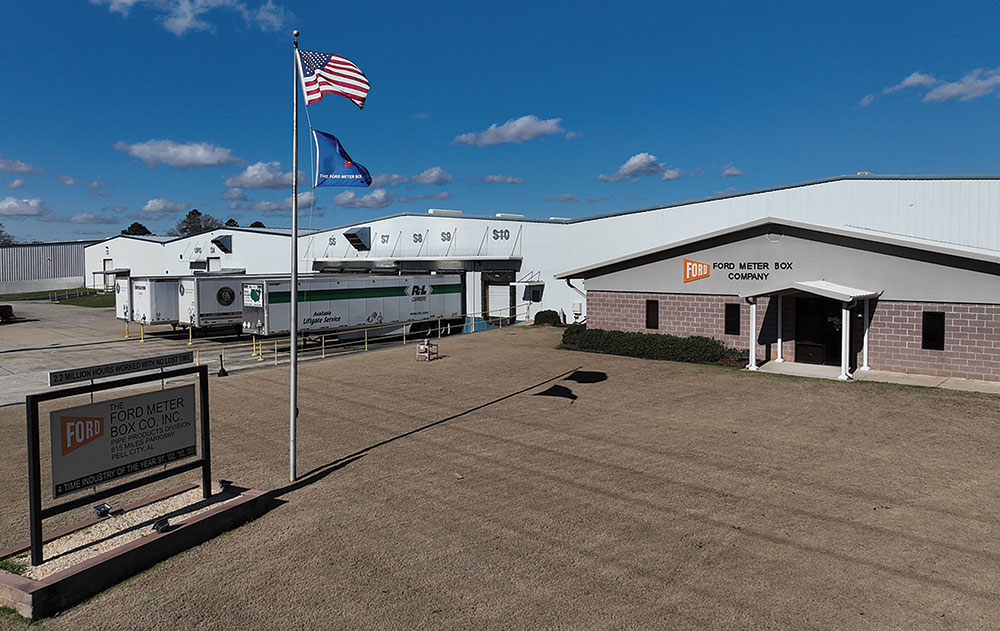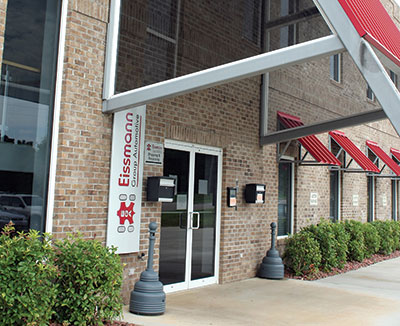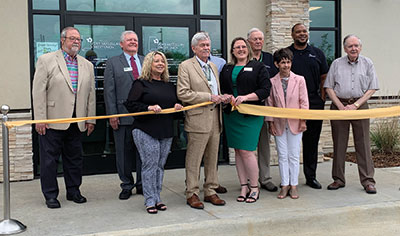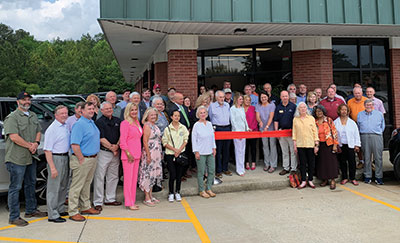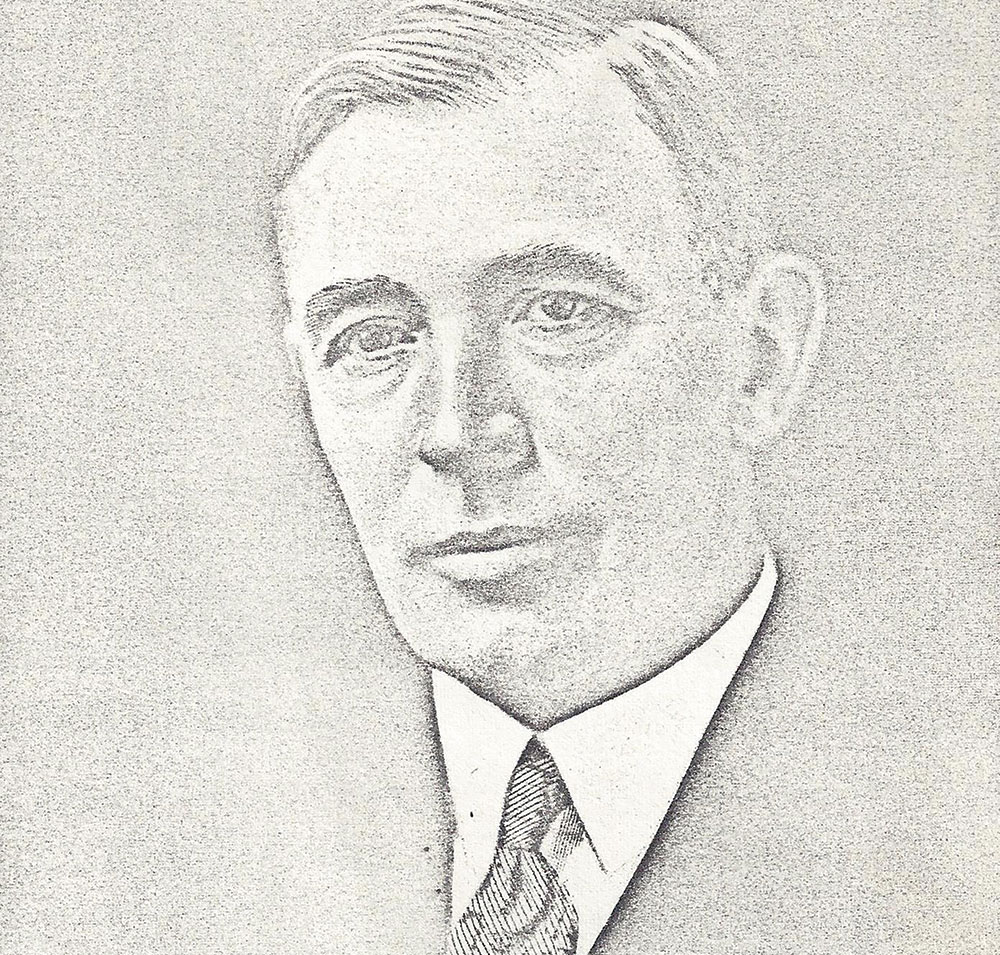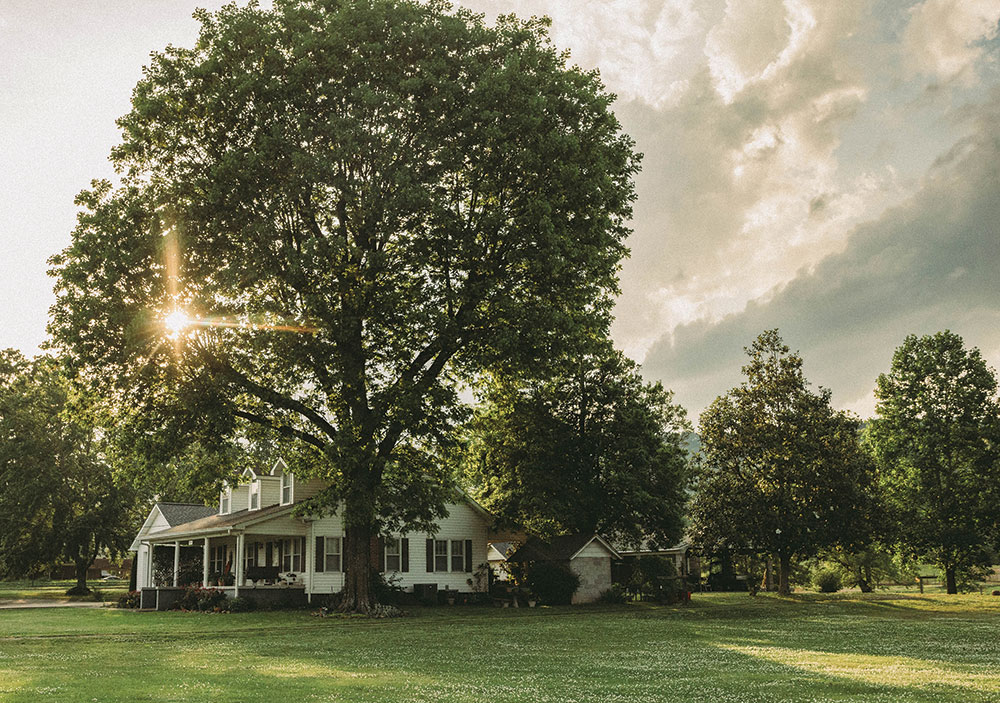Pell City Square, including Hobby Lobby, to open in September
Story by Carol Pappas
Photos by staff
In the midst of handling the city’s burgeoning responsibilities on the massive development of Pell City Square Shopping Center, an April 2017 memory popped up on Pell City Manager Brian Muenger’s cell phone screen.
It was a photo he had taken from atop the old St. Clair Regional Hospital building. The focal point? Construction of McSweeney Automotive. Except for the spot cleared for McSweeney, nothing else was there, only woods.
What a difference six years later. Not only is McSweeney Chevrolet Dodge Jeep Ram commanding a presence over I-20 and U.S. 231, Starbuck’s, Jersey Mike’s, The St. Clair and Tavern at The St. Clair usher in crowds daily at their thriving nearby businesses to the west.
To the east, the hospital is no longer there. Instead, a 147,000 square foot retail center is taking shape.
A year to the month that dirt was hoisted from ceremonial shovels to begin the construction of Pell City Square, officials are expected to check off the longtime dream from its wish list.
The ribbon is expected to be cut in September on the center fronting I-20 just off U.S. 231 South on John Haynes Drive. An exact date has not been set. That announcement should come about five to six weeks out from opening, Muenger said.
The project partnering Noon Real Estate, City of Pell City, St. Clair County Commission and St. Clair Economic Development Council represents a major breakthrough in retail development for the city and county, adding familiar names like Hobby Lobby, Old Navy, TJ Maxx, Pet Smart, Five Below, Rack Room Shoes, Ross Dress for Less and Ulta Beauty.
The development’s early vision is credited to Bill Ellison, who introduced developers to the property and its prospects. Ellison developed the center and surrounding businesses that Walmart now anchors, and the U.S. 231 bridge connecting the two developments now bears his name in recognition of his work in developing the areas.
But that’s not the end of this story. More development is expected at the nearly 18-acre site. It’s just too soon to announce anything official, said Muenger.
He did give a hint at what’s expected, though. The user agreement for the city’s part of the development specifies what should be located there – a “national, sit-down restaurant” like Outback and Olive Garden. While no agreement has been reached, the city and its development team have been working with prospective businesses “in that genre,” Muenger said.
He added that the original plat has been revised to accommodate specific additional businesses, and one, or both, of the outparcels on the western end closest to the interstate may have announcements by the time of the opening of the center in September.
In the meantime, transportation crews have been busily preparing for increased traffic likely coming its way. The widening of John Haynes Drive has been completed. So has a retaining wall built near U.S. 231 South to give the outlet enough width for a fifth lane, enabling a new outbound turn lane. That will give drivers access to three turn lanes.
Traffic light signalization is being improved at Jeanne Pruett Drive and U.S. 231 to help with the flow of traffic.
What all that means is by September, the city will enter a new era of economic development with the opening of the center and the array of retail it offers to citizens plus the benefits coming to city coffers. First year sales projections are $25 million. At an effective tax rate of 5 percent, that’s an additional $1,250,000 per year. “It’s very material to our local budgets,” Muenger said.
It opens up another corridor for retail growth and other commercial developments are expected to follow. “It closes the gap in retail shopping needs,” Muenger said. And those shoppers “can stay here to find what they need rather than travel outside the city.”
When he thinks back to that photo on his phone – merely a clearing in the woods taken from the rooftop of an abandoned hospital – Muenger can’t help but see how quickly that entire area of the city has transformed.
“It’s extremely exciting for the city,” Muenger said. “We’ve worked for a very long time. It’s very gratifying. It’s what people told us they wanted to see here.”
Come September, it will all be open for business.













